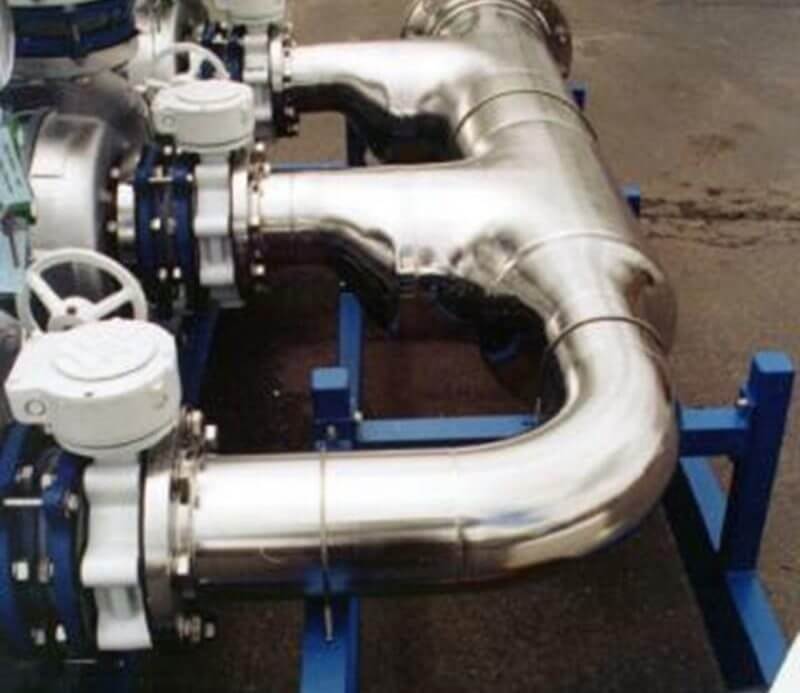
Yes, 316 stainless steel can be passivated using acidic solutions, such as nitric acid or citric acid.
Not all types of stainless steel can be passivated, as the specific alloy and surface condition can affect the effectiveness of the passivation treatment.
Aluminum can and should be passivated when corrosion is a concern. Aluminum doesn’t have the same inherent protective properties as stainless steel, so a passivation treatment can provide many benefits here.
It is possible to passivate stainless steel at home using commercially available passivation solutions, but it is important to follow safety guidelines and handle the chemicals carefully.
The fine oxidative layer that passivation produces is very durable, but it can be removed. When a passivated metal undergoes repeated abrasion from polishing, sandblasting, or maintenance, it can expose free iron on the surface. This is why passivation is usually one of the last steps in the manufacturing process.
Steel can be passivated using nitric acid, or less commonly, citric acid. It is common practice to use passivation on stainless steel for various applications. Passivation is a flexible process that can be applied to steel of almost any size and dimension.
Passivation does not generally affect the ability to perform heat treatment on metal.
Yes, 400 stainless steel can be passivated using acidic solutions, such as nitric acid or citric acid.
Aluminum can be passivated using acidic solutions, such as nitric acid or phosphoric acid.
Regular steel can be passivated, but it is generally less resistant to corrosion than stainless steel and other corrosion-resistant metals.
Stainless steel can be passivated more than once, but it is generally not necessary unless the surface has become contaminated or damaged.
Carbon steel can be pickled and passivated, but the process is different than for stainless steel and requires different chemicals.
Whether or not you need to passivate stainless steel depends on the specific application and the conditions under which the metal will be used.
It is recommended to passivate stainless steel after welding to remove surface contaminants and restore the corrosion resistance of the metal.
Passivation is generally recommended after electropolishing to remove any residual contaminants and to create a passive oxide layer that helps prevent corrosion.
Yes, it is important to rinse metal surfaces after passivation to remove any residual chemicals or contaminants.
Yes and no. While the removal of iron from the surface is permanent, the oxide layer that helps protect the metal may be damaged by abrasion or exposure to some elements. However, passivated surfaces as a whole are extremely durable.
Passivation does not generally add significant thickness to a metal surface.
Passivation can affect the surface finish of a metal, but it is generally used to improve the surface finish by removing surface contaminants and creating a protective oxide layer on the surface.
Passivation does not generally change the hardness of the metal surface.
